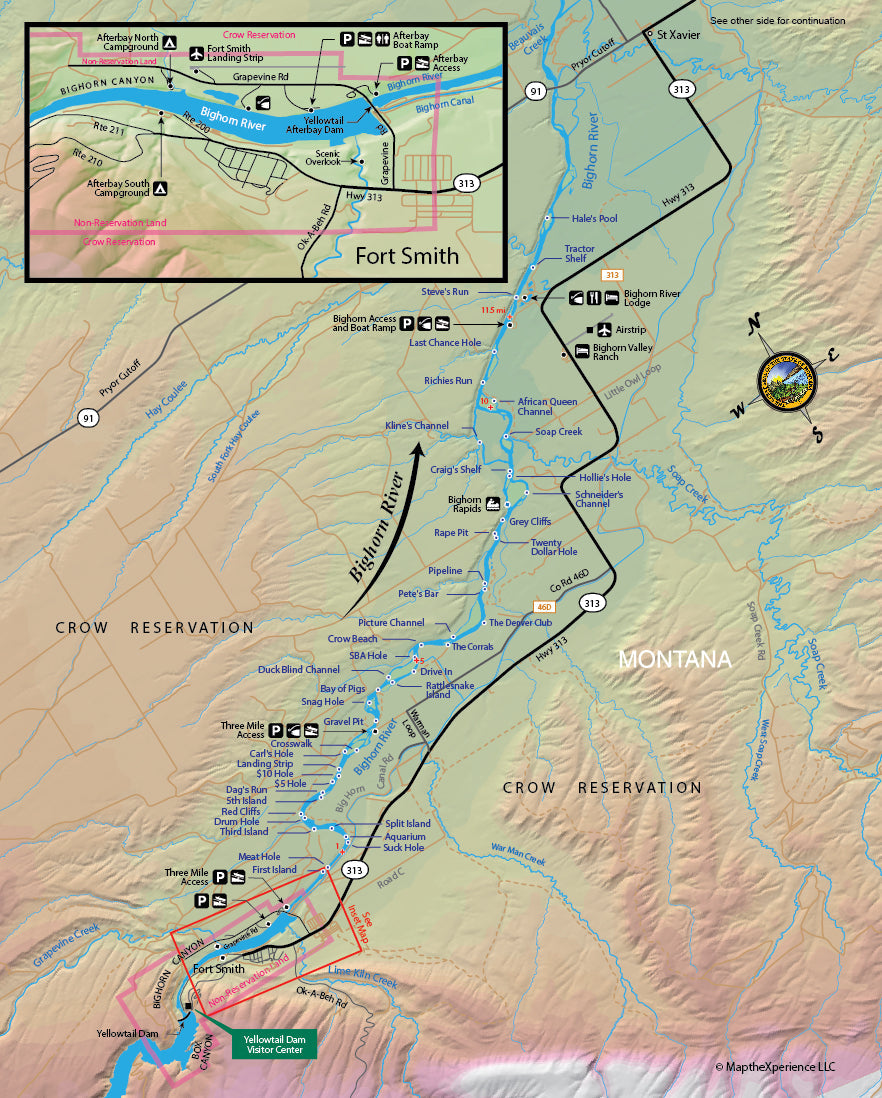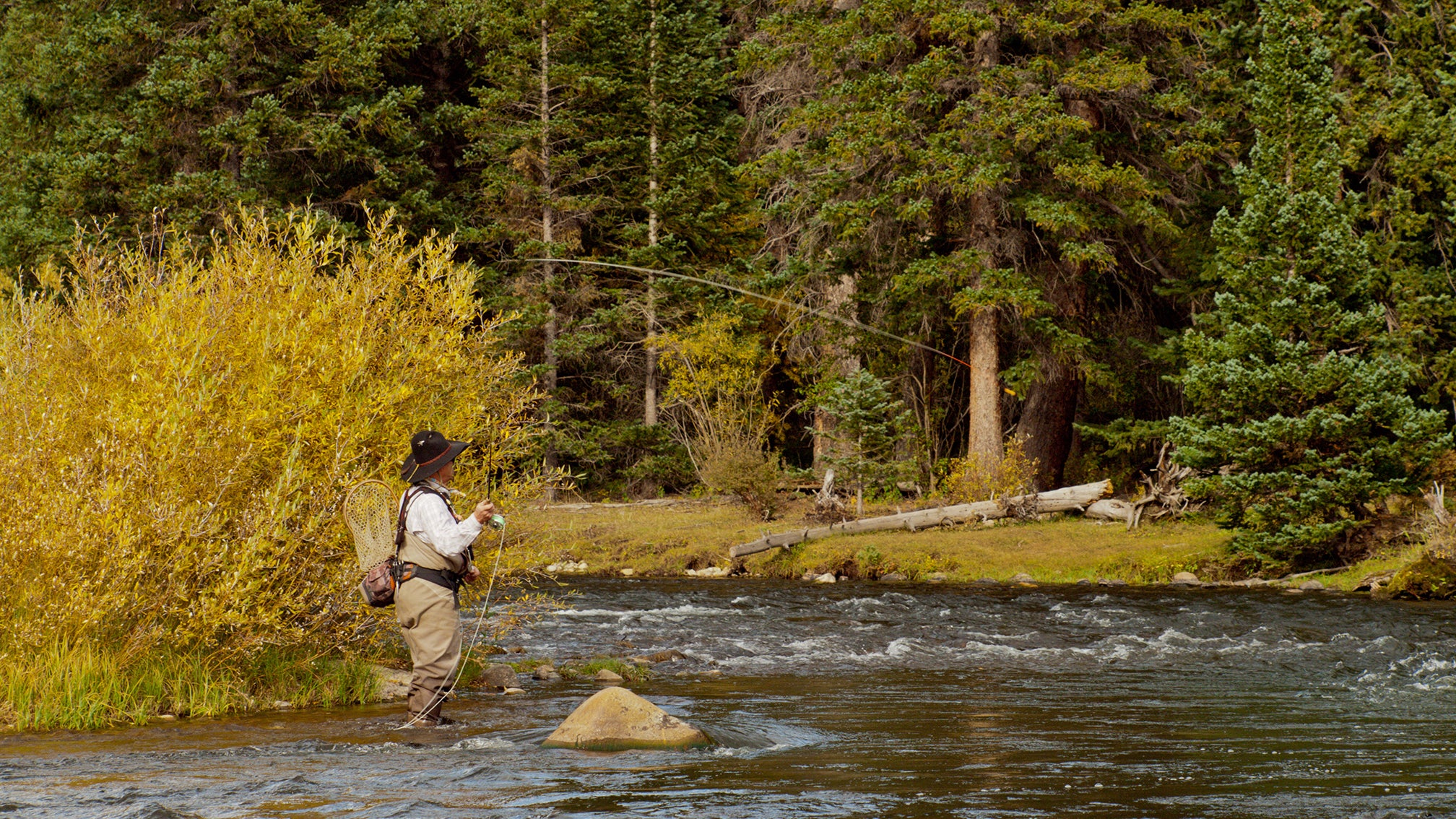BIGHORN RIVER MONTANA GPS MAPS AND APPAREL
The Bighorn River in Montana is one of the most legendary tailwater trout fisheries in the United States. Flowing out of Yellowtail Dam near Fort Smith, the upper Bighorn (especially the first 13 miles below the dam) offers year-round fly fishing with incredibly high fish counts per mile.
🎣 Predominant Fish Species in the Bighorn River, Montana
1. Rainbow Trout (Oncorhynchus mykiss)
-
Most abundant species in the upper river.
-
Often average 14–18 inches, with many over 20".
-
Strong populations due to consistent cold water from Yellowtail Dam.
-
Active feeders and willing risers—especially during hatches.
2. Brown Trout (Salmo trutta)
-
Also abundant throughout the system.
-
Typically larger and warier than rainbows.
-
Best targeted with streamers or during the fall spawn.
-
Some trophy-sized browns over 24” are caught each year.
🐟 Other Fish Species
-
Mountain Whitefish – Common and often caught on nymph rigs.
-
Carp – Found further downstream, especially in warmer, slower stretches.
-
Shiners and Sculpin – Key forage for big trout.
🪰 Major Hatches & Fly Patterns
-
Midges – Year-round (especially winter and early spring)
-
Blue-Winged Olives (BWOs) – Spring and fall
-
Tricos – Late summer, very prolific and technical
-
PMDs – Early summer
-
Caddisflies – Spring through summer
-
Pseudos – Fall
-
Hoppers & Terrestrials – July through September
-
Sowbugs & Scuds – Year-round food source from the dam
-
Streamers – Effective for large browns in low light or overcast days
🗺️ Notable River Sections
-
Afterbay to Bighorn Access (13 Miles): The most famous stretch; highest trout density (~4,000+ fish per mile).
-
Bighorn Access to Mallard’s Landing: Less pressured, bigger water, fewer but larger fish.
-
Downstream toward Hardin: Warmer water, fewer trout, more whitefish and occasional carp.
🔍 Quick Notes:
-
Best Fishing Months: March–May (midges/BWOs), June–July (PMDs/caddis), August–September (tricos/hoppers), October–November (BWO/streamers).
-
Wade and float fishing are both effective, but floating allows you to cover more water efficiently.
-
Barbless hooks are encouraged, and some guides promote catch-and-release to preserve the fishery.


0 comments